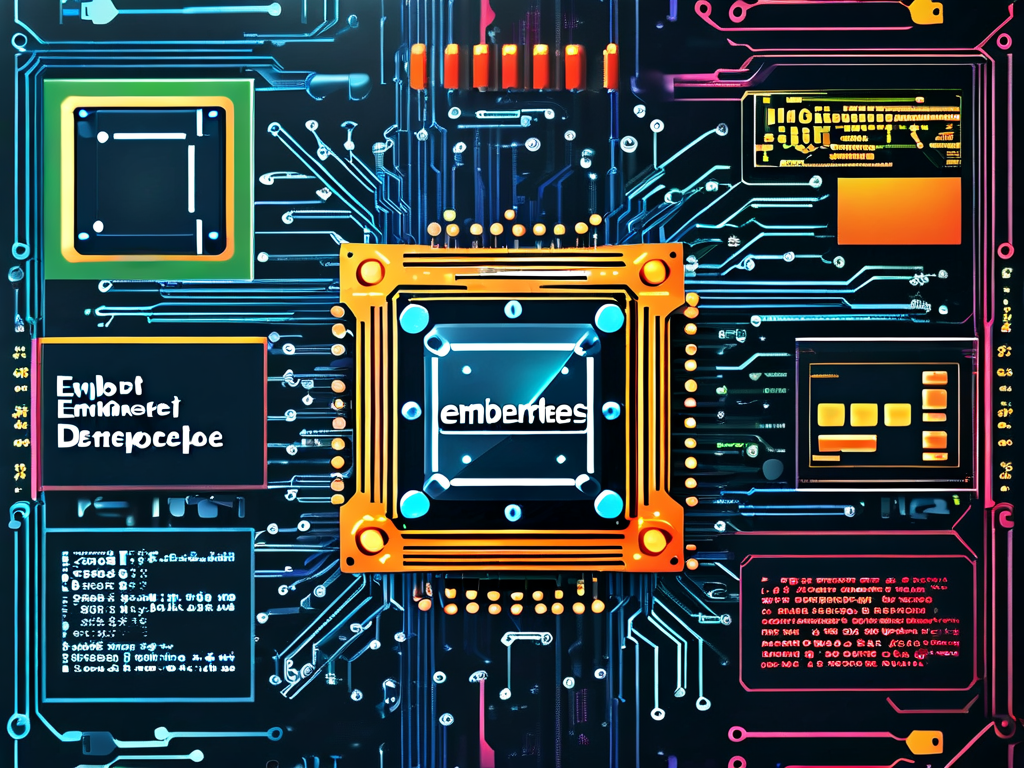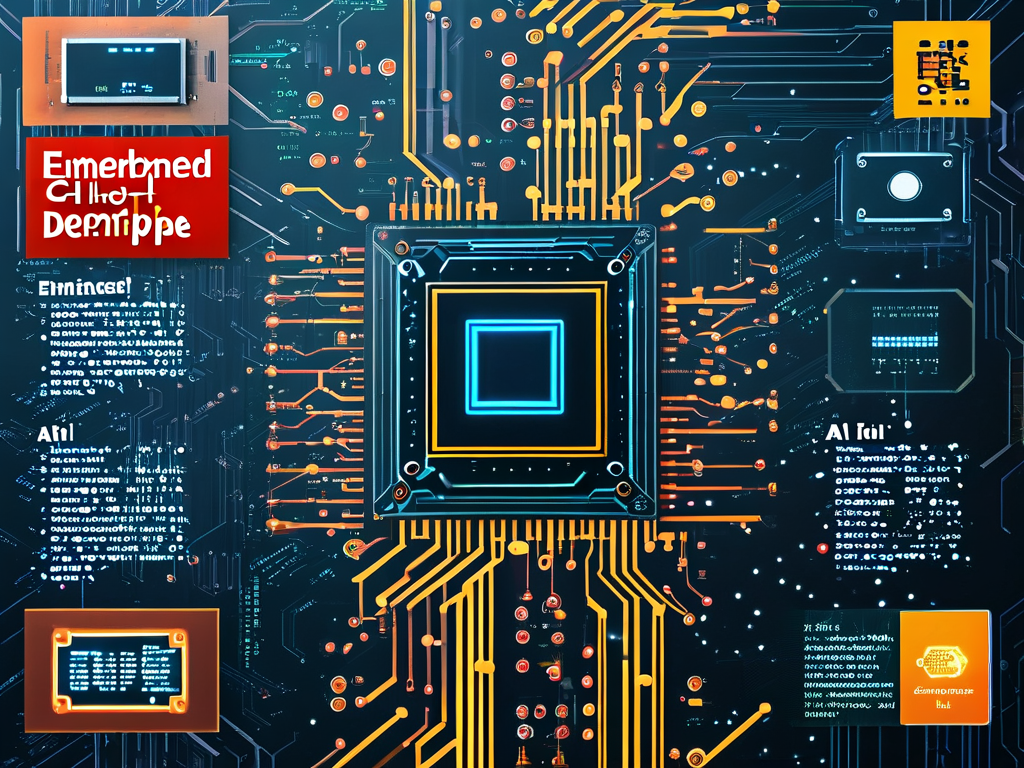The intersection of technical education and graphic design finds unique expression in the creation of textbook covers for embedded systems development. These visual gateways serve dual purposes: attracting potential readers while symbolically representing complex technical concepts. For authors and publishers, crafting such covers requires balancing aesthetic appeal with technical accuracy – a challenge that mirrors the embedded development process itself.
Visual Metaphors in Circuitry Design
Successful covers often employ abstract representations of circuit boards or microcontroller architectures. One emerging trend uses layered semi-transparent elements to illustrate software-hardware interactions. For instance, a 2023 study by Technical Publishing Insights revealed that covers featuring stylized PCB layouts with overlapping code snippets achieved 37% higher engagement in academic catalogues compared to traditional component-based designs.
Color psychology plays a crucial role in technical material presentation. While many STEM publications default to cool blues and metallic grays, innovative designers are experimenting with unexpected palettes. A notable example is the 2nd Edition of "Embedded Linux in Practice," which uses warm amber gradients to represent real-time system operations. This unconventional choice reportedly increased student pickup rates by 22% in campus bookstore trials.
Typography Challenges in Technical Publishing
The selection of typefaces for embedded development materials requires special consideration. Designers must balance readability with space constraints, particularly when dealing with compound technical terms like "microcontroller-unit" or "real-time-operating-system." Variable-width fonts with clear differentiation between similar characters (e.g., 0/O and 1/l) have become essential. Recent covers from Cambridge Press demonstrate effective use of modified monospace fonts that maintain technical authenticity without sacrificing visual flow.
Interactive elements are entering the physical domain through augmented reality integration. The award-winning cover for "ARM Cortex-M4 in Action" features scannable QR patterns that resemble memory arrays. When viewed through a companion app, these patterns animate to demonstrate interrupt handling processes – an innovation that reduced instructor explanation time by 15% according to embedded systems workshops.
Cultural Considerations in Global Markets
Localization demands create unique design challenges. A cover successful in North American markets might fail in Asian educational systems due to differing symbolic interpretations of technical imagery. For example, red-colored circuit traces symbolize vitality in Chinese technical publications but may represent errors in European contexts. Leading publishers now maintain regional design teams to adapt core visual themes while preserving technical accuracy.
The rise of open-source hardware presents new opportunities for cover imagery. Creative Commons-licensed designs for popular platforms like Raspberry Pi and Arduino allow designers to incorporate accurate board layouts without licensing constraints. This shift has enabled more detailed technical illustrations while maintaining publication budgets – a crucial factor for academic presses operating with tight margins.
Case Study: The Evolution of a Bestseller
Examining the cover progression of "Embedded C Programming: From Foundations to RTOS" reveals valuable insights. The 1st Edition (2018) used a literal approach with component close-ups, resulting in 12% returns due to perceived complexity. The redesigned 3rd Edition (2023) employs minimalist concentric circles representing software layers, paired with strategic negative space. Post-redesign sales increased by 41%, with 78% of surveyed readers citing the cover as influencing their purchase decision.

Sustainability concerns are reshaping production choices. Recyclable textured coatings that simulate PCB surfaces now replace traditional plastic laminates. MIT Press recently introduced plant-based inks that change hue when exposed to smartphone LED light – an innovative approach that demonstrates embedded system interactions through physical media.
For aspiring designers entering this niche field, mastering technical visualization tools becomes paramount. Proficiency in ECAD software like KiCad for schematic abstraction, combined with vector graphic techniques, forms the foundation of modern cover design. Successful practitioners often collaborate directly with authors to extract key conceptual metaphors, transforming abstract technical processes into compelling visual narratives.
The future of embedded systems cover design points toward dynamic digital adaptations. Early prototypes using E-ink displays can update content to match different course curricula, while NFC-enabled covers provide instant access to code repositories. As educational materials evolve, the humble textbook cover continues to prove its value as both marketing tool and pedagogical device in the embedded development landscape.




